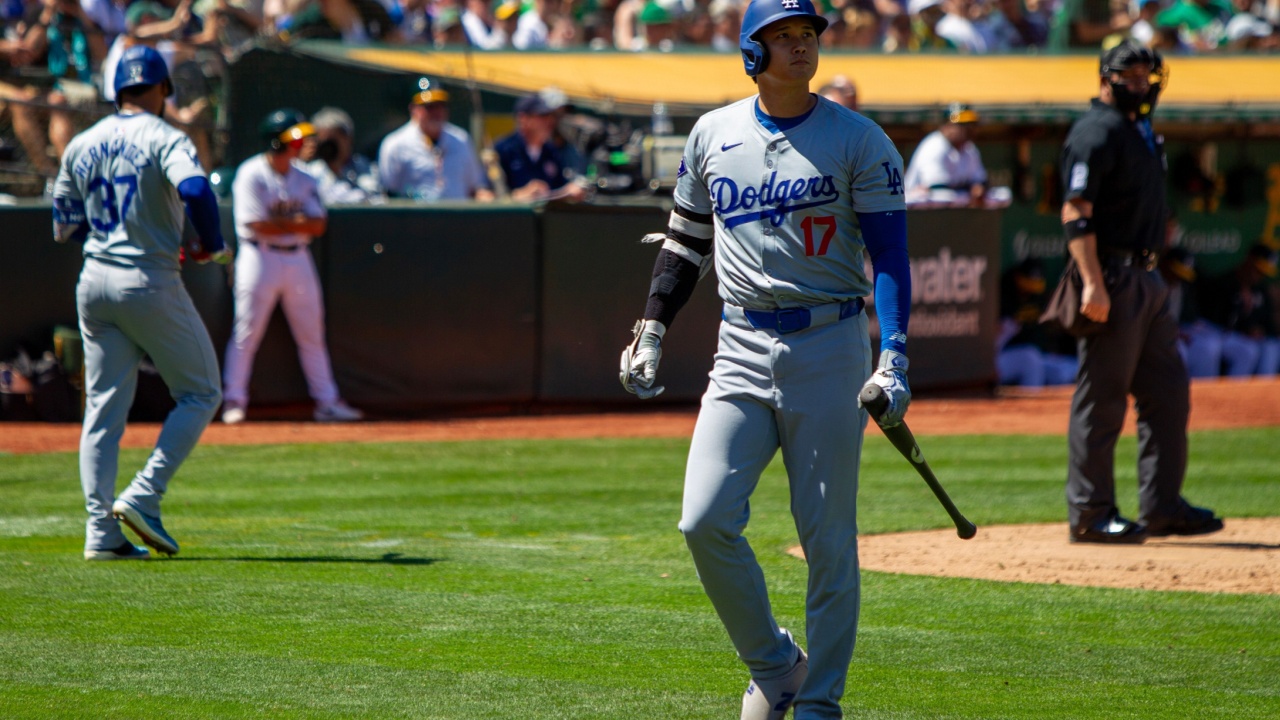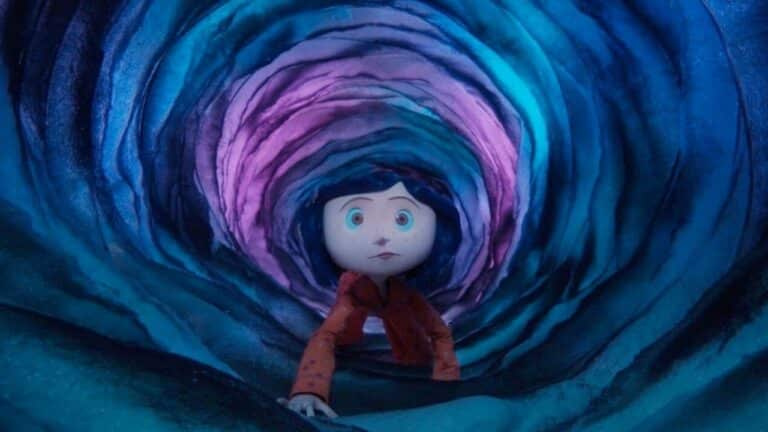Is Shohei Ohtani Already the Greatest Japanese MLB Player Ever?

The headline was jaw-dropping.
Shohei Ohtani jumped ship from the Los Angeles Angels and signed with the Los Angeles Dodgers in the 2024 Major League Baseball offseason on a record 10-year, $700 million contract (with $680 million of that deferred until after the contract’s expiration). No man in baseball history has commanded as much money and is unlikely to any time soon. To be fair, though, no player has quite lived up to the hype like Ohtani has.
Ohtani made the jump from Japan to the United States in 2018, with promises he could be the next Babe Ruth as a “two-way” player (one who pitches and hits). He’s followed up on that with two league Most Valuable Player Awards (and a third imminent), four All-Star appearances, and is finally playing in his first postseason.
There is a rich shared baseball history between the United States and Japan, and superstar players making the jump from overseas to MLB is an event in and of itself. So is it fair to claim Ohtani’s already the greatest Japanese player in MLB history?
Ichiro Suzuki
Ichiro Suzuki was undoubtedly the most memorable name to come to the U.S. from Japan, and he is well on his way to the Baseball Hall of Fame this winter.
Ichiro is baseball’s all-time hits leader, with 4,367 total hits between MLB and Nippon Professional Baseball, with more than 3,000 coming from the United States. He won the AL MVP and Rookie of the Year in his first season and 10 Gold Glove Awards throughout his career.
But consider this: One of the greatest barometers for Hall of Fame candidacy in 2024 is peak WAR (Wins Above Replacement), demonstrating how many wins a player was responsible for during their seven-year peak. Ichiro’s was an outstanding 43.7. Ohtani’s? 43.8. Ohtani’s 59 stolen bases in 2024 were also more than Ichiro ever swiped, as Shohei became the first person ever to hit fifty homers and steal more than fifty bags in a season.
Hideo Nomo
Hideo Nomo was the first Japanese player to permanently settle down in the United States, and he was absolutely electric in the early parts of his career. Nomo made the jump to MLB, ironically with the Dodgers, in 1995. He would go on to throw two no-hitters and struck out nearly 2,000 batters in the majors.
While Ohtani hasn’t amassed the career success on the mound Nomo had quite yet, he is making a legitimate push at matching some of those accolades. By similarity score, a widely used value-defining metric among statisticians, Ohtani is the most similar pitcher to Nomo at age 27 of any pitcher in baseball history. Ohtani’s WHIP across five seasons of pitching in MLB sits at 1.082, which is significantly lower than Nomo’s to that point.
Hideki Matsui
Many Japanese baseball fans would tell you Hideki Matsui walked so Shohei Ohtani could run. Or, more correctly, mashed.
Matsui, like Ohtani, was a young prodigy in Japan, breaking into NPB at 19 years old. He hit 332 home runs in Japan, including 50 in 2002, the year before he jumped to MLB. Matsui didn’t quite hit for power with the New York Yankees like he did with the Yomiuri Giants, but he was a fantastic player during his MLB career known for durability and quality at-bats.
Ohtani’s offensive stats largely blow Matsui’s away, but “Godzilla” does have something Ohtani doesn’t yet: a World Series ring. Matsui was the 2009 World Series MVP, an accolade Shohei could soon capture.
Yu Darvish
Yu Darvish came to the majors in 2012 as a highly-touted 25-year-old power arm. Sound familiar?
Darvish reinvigorated Japanese pitchers making the jump after a series of lackluster arms failed to make the adjustment to American hitting. His 277-strikeout campaign in 2013 is one of the greatest put-out seasons ever, though health has been a concern for Darvish as his career has gone on. Ohtani has proven to be significantly better at keeping the ball in the ballpark as a pitcher and has comparable strikeout-to-walk and strikeouts-per-nine rates to Darvish in the small sample size.
Masahiro Tanaka
There was major hype around Masahiro Tanaka coming to America as the next pitching great, and he carved out a strong seven-year career that compares well to Ohtani’s.
Tanaka had one of the most lethal sliders of his era and was crafty in mixing and matching his pitch combinations. He, like Ohtani, never hit 200 innings as a pitcher, and also missed time on the mound due to a UCL injury. Ohtani’s 15.1 WAR through four full seasons as a pitcher compares well to Tanaka’s 17.3, and once Ohtani returns to pitching in 2025, he will likely match or surpass many of Tanaka’s MLB career accolades.
Ohtani’s Budding Legacy
Though other players have made the crossover from Japan to the United States, these select names most closely reflect Ohtani’s impact on the game.
His performance as not just an effective two-way player, but a dominant one. His ticket to Cooperstown is already punched, with at least another decade of success likely ahead. Whether or not you believe Ohtani is a better overall hitter than Ichiro or as masterful on the mound as Hideo Nomo isn’t all that important.
What matters is appreciating the greatness before us in the moment. And right now, Shohei Ohtani is making the case to be one of the greatest ever. If he gets a World Series ring?
He’ll be undeniable.





